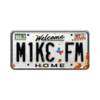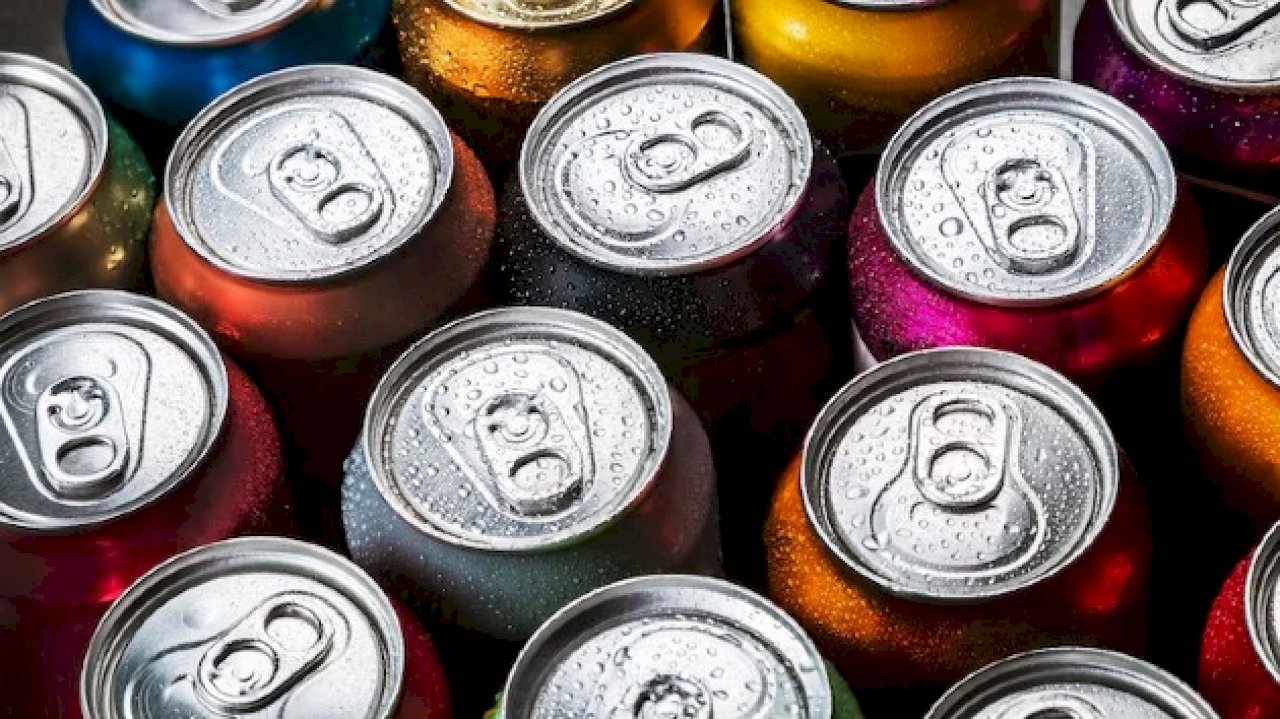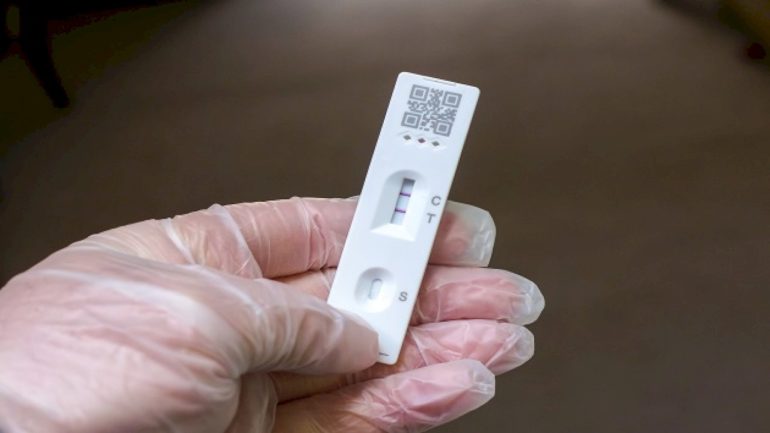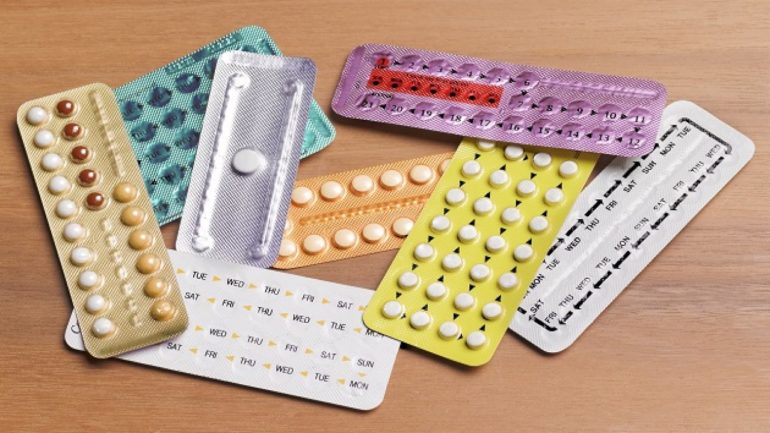Listeners:
Top listeners:
-
 play_arrow
play_arrow
94.3 Rev-FM The Rock of Texas | Where Texas Rocks
-
 play_arrow
play_arrow
99.1 The Buck Texas Country's Number 1 Country
-
 play_arrow
play_arrow
103.7 MikeFM Your Texas Hill Country Mix Tape
-
 play_arrow
play_arrow
KERV 1230 AM
-
 play_arrow
play_arrow
JAM Sports 1 JAM Broadcasting Sports 1
-
 play_arrow
play_arrow
JAM Sports 2 JAM Broadcasting Sports 2
What parents should know about kids and caffeine amid rise in ER visits

(NEW YORK) — A new study is highlighting a dramatic rise in caffeine-related emergency room visits among kids.
The study, released Monday by Epic Research, found the number of caffeine-related ER visits for middle school-aged children nearly doubled from 2017 to 2023, rising from 3.1 per 100,000 visits in 2017 to 6.5 per 100,000 visits in 2023.
For high school-aged children, the rate nearly doubled, rising from 7.5 per 100,000 visits in 2017 to 13.7 per 100,000 visits in 2023, according to the study.
Notably, the study, which looked at more than 223 million ER visits, found that boys had triple the rate of caffeine-related ER visits as girls.
The new study comes less than two months after the release of a report showing a rise in calls to poison centers involving children who consumed energy drinks, which often have high levels of caffeine.
The number of calls to U.S. poison centers about children consuming energy drinks increased about 20% in 2023 after years of remaining relatively flat, according to data from America’s Poison Centers, which accredits and represents 55 poison centers across the country.
Amid the alarming data, here are three things for parents and guardians to know about caffeine and kids.
1. Milk and water are recommended for kids.
Both the U.S. Food and Drug Administration and the American Academy of Pediatrics say water and milk are the best drink options for kids.
The current U.S. dietary guidelines say children under the age of 2 should not have any caffeine. For kids under age 12, caffeine is also not recommended.
It is not known exactly how much caffeine is safe or unsafe for teens or young children, since studies of its effects are not permitted on children.
For adults, the FDA has cited around 400 milligrams of caffeine a day as a generally safe amount, though it notes there is “wide variation” in people’s sensitivity to caffeine.
For reference, a 12-ounce caffeinated soft drink contains anywhere from 23 to 84 milligrams of caffeine, according to the FDA, while a 12-ounce cup of coffee contains 113 to 247 milligrams of caffeine.
2. Caffeine is also in foods, not just drinks.
While caffeine is most often thought of as an ingredient in drinks like coffee, sodas and energy drinks, it is also found in different foods and products, according to the FDA.
Ice cream, chewing gum, protein bars, chocolate chips, energy bars and some over-the-counter medications may also contain caffeine, which has the same effects as when it occurs naturally in drinks like coffee or tea, according to the agency.
Decaffeinated teas and coffees also contain some caffeine.
The FDA recommends reading product ingredient labels carefully to check for caffeine. When it is added to a product, it must be listed on the label as “caffeine.”
When caffeine is naturally in a product, like chocolate, just the caffeine-containing ingredient is listed, according to the FDA.
3. Caffeine poisoning symptoms require quick attention.
Multiple signs may indicate a caffeine overdose or poisoning including but not limited to an increased heart rate, heart palpitations, increased blood pressure, nausea or anxiousness. Children with caffeine poisoning may also experience rapid breathing or tremors.
In severe cases, too much caffeine can lead to seizures or cardiac arrest.
In milder cases, too much caffeine can cause dehydration, upset stomach, sleep changes, headaches and jumpiness.
If a child or adult exhibits any such symptoms after consuming a caffeinated drink, they should seek medical attention immediately.
For poisoning-related questions, or if you need emergency assistance, you can contact Poison Help at 1-800-222-1222, or visit PoisonHelp.org.
ABC News’ Youri Benadjaoud contributed to this report.
Copyright © 2024, ABC Audio. All rights reserved.
Written by: ABC News
Similar posts
-
Top popular

Ingram man charged with murder after fatal shooting

Kerr Crime Stoppers offering reward up to $5,000 for information in last week’s non-viable school threat

KISD asks parents to communicate with children about words and actions after ‘copy cat’ threat note found at middle school

City of Kerrville Parks and Recreation reminds citizens that a Red Flag Warning is in effect until further notice

City of Kerrville says that May 7 General and Special Elections will proceed



